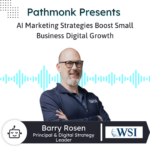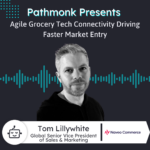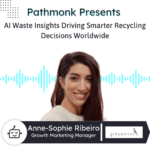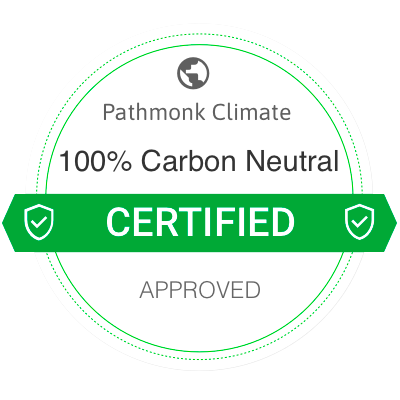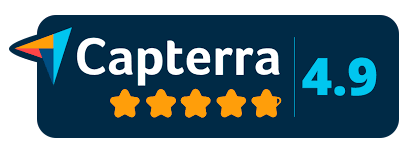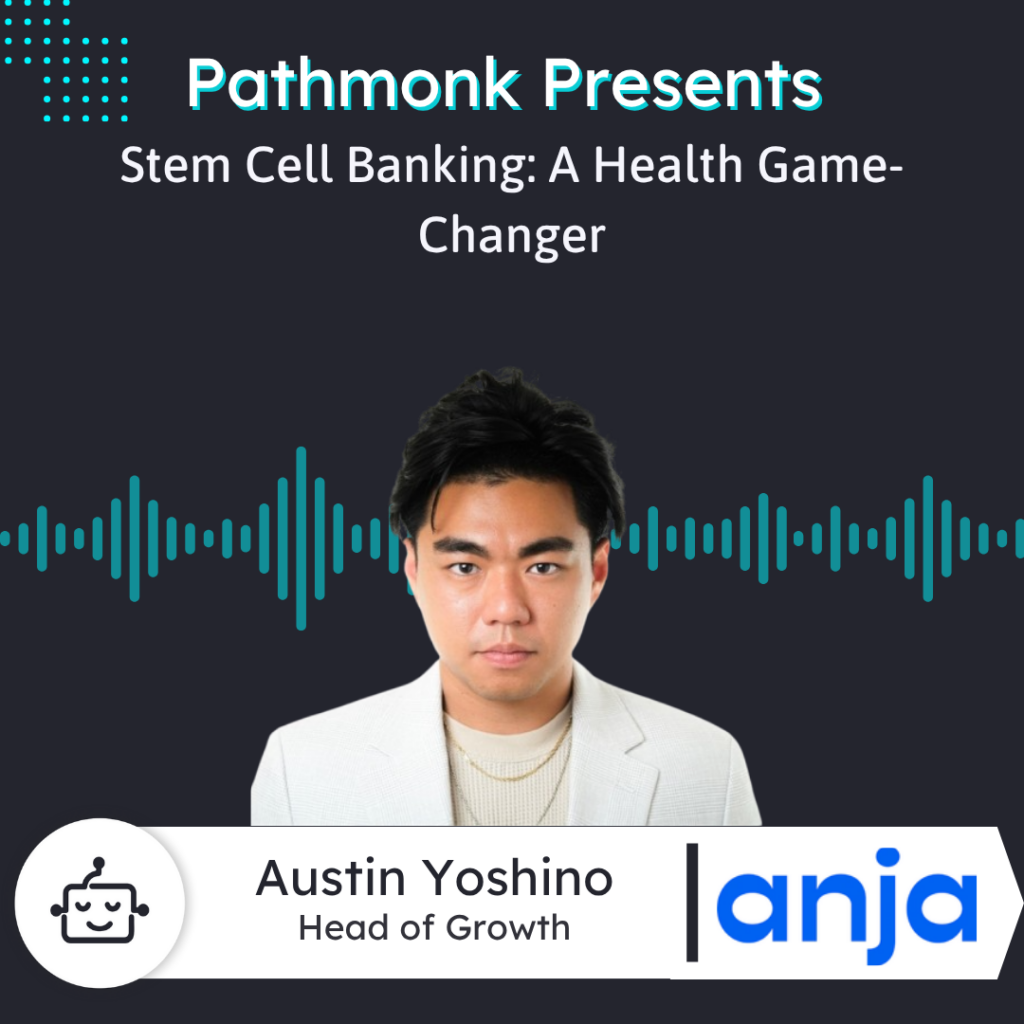
Introduction
Austin Yoshino, CEO of Anja Health, joins Pathmonk Presents to discuss their mission to make stem cell banking accessible.
Anja Health helps pregnant parents preserve cord blood and tissue for future medical treatments, addressing the critical need for stem cell matches.
Yoshino shares how social media, particularly TikTok and Instagram, drives customer acquisition through educational content.
He also highlights the importance of a transparent, user-friendly website to guide parents through the decision-making process, boosting conversions for this high-ticket service.
Increase +180%
leads
demos
sales
bookings
from your website with AI
Get more conversions from your existing website traffic delivering personalized experiences.
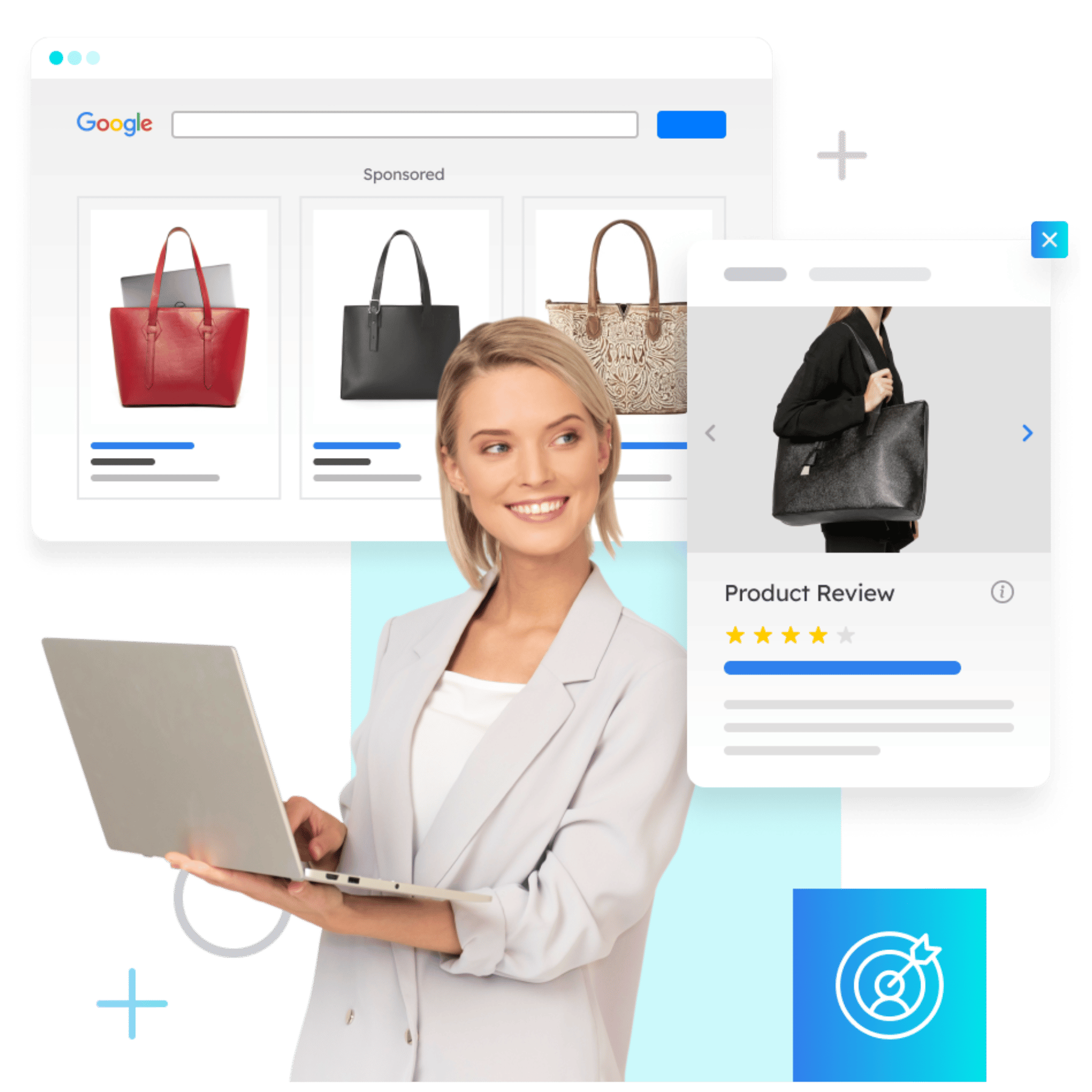
Rick: Pathmonk is the AI for website conversions. With increasing online competition, over 98% of website visitors don’t convert. The ability to successfully show your value proposition and support visitors in the buying journey separates you from the competition online. Pathmonk qualifies and converts leads on your website by figuring out where they are in the buying journey and influencing them in key decision moments with relevant micro experiences like case studies, intro videos, and much more.
Stay relevant to your visitors and increase conversions by 50% by adding Pathmonk to your website in seconds. Let the AI do all the work and increase conversions while you keep doing marketing as usual. Check us out on Pathmonk.com.
Alright everybody, welcome to today’s episode of Pathmonk Presents. Today we are joined by Austin, the CEO of Anja Health. Austin, welcome to the show.
Austin Yoshino: Thank you. Thank you for having me.
Rick: Austin, let’s start with the basics. Maybe you can give us an idea about Anja Health—what do you guys do? What’s the heart of your company? If you were describing this to a friend over coffee, how would you explain it?
Austin Yoshino: Yeah, so Anja helps pregnant parents freeze their baby’s cord blood for future disease treatments—specifically stem cell-related treatments. Both the cord blood and cord tissue are really rich in stem cells, so it’s a once-in-a-lifetime opportunity to save and process those stem cells and freeze them.
If I was chatting with a friend, I’d ask if they’ve ever heard of cord blood banking or stem cells. Then I’d break it down simply—what it is, what it does, and why it’s useful.
Rick: Fair enough. So on that note, which type of customers are the best fit for this kind of service? What’s the key problem you solve for them?
Austin Yoshino: For us, you have to order our kit before giving birth and bring it to the hospital. The person delivering the baby will collect the cord blood and tissue, then we ship it to our lab in New Jersey. So it’s for a very specific person at a very specific moment.
Most of our parents make this decision in the third trimester. The biggest problem we solve is that if your child or a family member ever needs stem cell treatment, they’ll need a match—and the best match is often your own stem cells. The company actually started because the founder’s little brother had cerebral palsy and needed stem cell treatment but couldn’t find a match. If they had banked stem cells at birth, they could’ve used them.
Rick: Those are usually the most compelling stories—the founder stories. Especially in health, it touches a chord. There’s always a strong motivation behind making it work.
Austin Yoshino: Absolutely. Building a company is hard, so you need a strong “why.” Otherwise, everything you go through will derail you.
Rick: I’m sure. So how do most people discover you? I assume as CEO—and previously Head of Growth—you’ve worked across many areas. What are the main marketing channels that bring in new customers?
Austin Yoshino: Yeah, I can share how the company started. The founder is an influencer and created a bunch of videos on the topic that went viral and led to sales. Our go-to-market wedge has been social media. We’ve been lucky to have organic content convert for us—mostly education-based content.
This kind of product isn’t well known among parents. It’s something upper-class families have used for years, and now we’re bringing it to the masses. So social media works well—especially TikTok and Instagram.
When I came in as Head of Growth, organic content was working but wasn’t scalable. So I systematically experimented with different channels and content formats to figure out what worked and then added paid ads to scale it. It was an interesting challenge, but I think we did a good job.
Rick: That’s great. I’m curious—how much of a role does your website play in bringing in new business? Do you have any strengths you’re proud of or areas you want to improve?
Austin Yoshino: The website is crucial. Everything funnels through it—we don’t have an app, so most sales happen on the website.
We’ve tested different variations—showing different pricing plans, types of content. Our product is education-heavy and high-ticket—anywhere from $3,000 to $10,000—so you need a lot of information to convert someone from a social media viewer to a customer.
Social media offers fragmented education—people see random videos. The website helps organize the learning process: what the product is, why it matters, scientific proof, case studies, testimonials, doctor info, etc. It structures the buyer journey and helps us A/B test new ideas.
Rick: I love how we’re getting a bit more technical. I like to geek out on this stuff—tools, tech stacks, tactics. In your opinion, what actually makes a website convert well?
Austin Yoshino: That’s a great question. What makes something convert is different for every company. The Head of Growth’s job is to figure out what unique formula works for your business.
For us, what stands out is transparency. Parents consistently say they appreciate how open we are with information and pricing. Some competitors make you schedule a call to even find out the price—we display everything up front. That plays into our brand: accessible, trustworthy.
Tools like Hotjar have been super helpful. Watching session recordings shows us exactly how users navigate the site—where they click, where they drop off. Do they visit the science section? The testimonials? It helps us deeply understand the user journey.
We even tested a long-form funnel with a video explainer like what you’d see in a course sales page. It underperformed compared to sending users straight to the shop page. Counterintuitive—but the data told us otherwise.
Rick: That’s something you’d never expect. You can’t always copy-paste what works in another industry and expect the same results.
Austin Yoshino: Exactly. The goal is to experiment quickly, figure out what works for your unique business, and then scale that.
Rick: Makes sense. Switching gears—congrats again on the CEO promotion! Tell us about the transition. What changed in your day-to-day? What do you focus on now?
Austin Yoshino: At its core, it’s the same: dive deep into problems, find scalable solutions, and move on. As Head of Growth, it was more marketing-focused. Now, it’s about company operations and long-term vision.
We have a strong, autonomous team, which helps a lot. My main focus is mapping out our 1-, 5-, and 10-year roadmap—how to expand into new stem cell collection options and, eventually, stem cell usage and therapies.
Our mission is to make stem cell treatments accessible to everyone. Collection was step one. Step two is enabling actual treatments and therapies.
Rick: Do you ever miss being in the weeds now that you’re focused on big-picture strategy?
Austin Yoshino: 100%. But the two go hand-in-hand. You need the vision to execute, and execution to understand the vision. It’s like art: you need both the creativity and the craftsmanship.
I enjoy doing the work. Whether it succeeds or fails, you learn something. If something doesn’t work, I want to know why. That’s the only way to grow.
Rick: Fair. You just touched on something—learning. With so much content out there, how do you stay focused and keep learning?
Austin Yoshino: It depends on your stage. When I joined, I hadn’t run ads at the scale we needed. We had a consulting firm that provided trusted playbooks—super helpful.
There’s a lot of conflicting advice out there. It helps to pick one trusted source. After that, you learn fastest by doing—test, iterate, reflect.
Now, I’m learning about stem cells. I read books, listen to podcasts on bike rides, use ChatGPT for deep research. I talk to people in our network, go to dinners, ask questions. I consume as much as I can.
Rick: It sounds like you’ve baked learning into your lifestyle—podcasts, conversations, even YouTube during dinner.
Austin Yoshino: Absolutely. I’m obsessed with learning deeply technical topics. Stem cells are incredibly fascinating and important. So it’s easy to stay motivated.
Rick: Very good. Now we’re coming to the end of our time. Let’s jump into the rapid-fire segment—short questions, short answers. Ready?
Austin Yoshino: Yep, let’s do it.
Rick: Watching, reading, or listening?
Austin Yoshino: All of the above—depends on the context. Reading in the morning, listening while multitasking, watching at night.
Rick: What’s the latest piece of content—any format—that stuck with you?
Austin Yoshino: A podcast on innovative stem cell therapies for autism. They covered the journey from idea to clinical stage to commercialization.
Rick: If you had a magic wand to fix one frustrating thing in your marketing or operations with tech, what would it be?
Austin Yoshino: Super precise lead tracking. Right now, attribution isn’t accurate. For example, someone sees a Facebook ad but converts via Google—both claim the credit.
Rick: If you could put one repetitive task on autopilot forever, what would it be?
Austin Yoshino: Honestly, none. My philosophy is if I do something more than once, it’s time to automate, delegate, or move on to harder problems.
Rick: If you could go back and give your past self a pep talk at the start of your journey, what would you say?
Austin Yoshino: “Just figure it out.” It sounds vague, but it’s the best advice I’ve gotten. Whatever the challenge, just take one small step and keep moving.
Rick: Yeah, I get that. At first it sounds like non-advice, but then you realize—it’s the only advice that matters.
Austin Yoshino: Exactly. Every journey is unique. Keep your head down and figure it out.
Rick: Alright, Austin—thank you for being on the show today. Before we wrap up, if someone forgets everything from today, what’s the one thing they should remember about your company?
Austin Yoshino: We’re the stem cell startup. That’s what I hope they remember.
Rick: Perfect. And where can people check you out?
Austin Yoshino: Just go to our website—anjahealth.com. That’s A-N-J-A health.com. You’ll be taken care of from there.
Rick: Amazing. Thank you again for joining us. Hopefully we can do this again soon!
Austin Yoshino: Definitely. Thanks for having me.
Rick: Alright, bye everyone.




